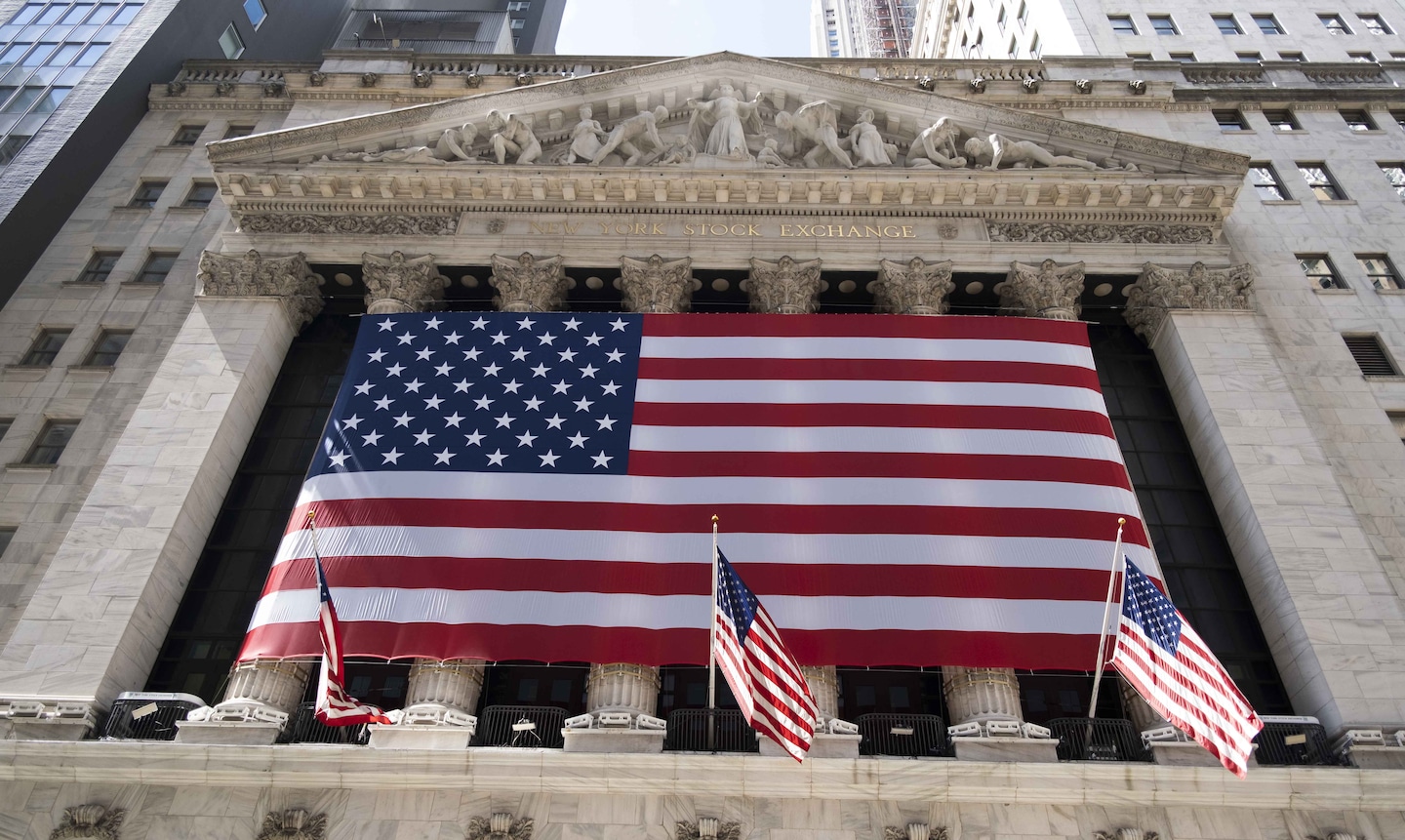Wall Street extends losses in whiplash session

The Nasdaq, which had been down as much as 5 percent on Friday, clawed back to 11,313.13, down 144.97 points or 1.3 percent.
For the week, the Dow slipped 1.8 percent, the S&P fell 2.3 percent, and the Nasdaq lopped off 3.3 percent.
“The lack off a broad sell-off across all sectors shows that there’s a good deal of ‘hot money’ chasing the large tech names, which can exit as quickly as it entered,” Peter Essele, head of portfolio management for Commonwealth Financial Network, wrote Thursday in comments emailed to The Washington Post.
The mood soured Friday despite new Labor Department data showing the U.S. economy added 1.4 million jobs in August, dropping the unemployment rate below 10 percent for the first time since the coronavirus pandemic began. The jobless rate fell to 8.4 percent, compared with 10.2 percent in July.
“The market should view these numbers as positive, and while we may continue to see a correction in the technology and technology-related stocks, there are still plenty of opportunities in companies that were more adversely impacted by the pandemic and are continuing to improve,” Chris Zaccarelli, chief investment officer for Independent Advisor Alliance, wrote in commentary Friday.
The economy is a still long way from recovery, given that nearly 14 million Americans were out of work last month. Permanent job losses are up by about a third since February, coming in at more than 2.1 million. Plus, some 29 million people are drawing some form of unemployment assistance, according to jobless benefit data out Thursday.
Investors are monitoring how the expiration of coronavirus-related aid, such as the $1,200 stimulus checks and $600 in enhanced weekly unemployment benefits, will affect those in the lower rungs of the economy. The initial wave of aid helped keep millions of vulnerable Americans afloat as the pandemic ushered in a recession. Meanwhile, negotiations between the White House and Congress over new stimulus have stalled.
“Many of the recent large company announcements regarding furloughs and job cuts have yet to hit, indicating that the economy continues to face challenges in the months to come,” Mark Hamrick, senior economic analyst at Bankrate.com, wrote in commentary Friday. “With the national unemployment rate still elevated, and with New York and Los Angeles recently suffering through jobless rates above 16 percent, the urgency of passing another round of federal relief legislation hasn’t lifted in Washington.”
The week began on a high note, with the three major indexes posting their best August in decades. The S&P 500 surged 7 percent, the Dow climbed 7.6 percent and the Nasdaq soared 9.6 percent. The market’s ascent has defied economic tea leaves and the pandemic’s grim toll. At least 183,170 Americans have died of covid-19-related illness, and more than 6 million people have been infected by the novel coronavirus. Reported deaths and confirmed cases have fallen from their respective peaks in April and July, but tens of thousands of Americans are still contracting the virus every day.
The Centers for Disease Control and Prevention has told state and local health officials to prepare for the distribution of a potential vaccine for health-care workers and other high-risk groups as early as Nov. 1. Three vaccine makers are conducting the last phase of clinical trials before they can seek approval from regulators.
The pandemic and the November elections leave room for more shocks to the market in the coming weeks, especially during a historically tough month for stocks, said Ryan Detrick, chief market strategist for LPL Financial.
“Well, 2020 has laughed at many of these things, but be aware September is indeed the worst month of the year on average,” he said in a research note Monday, explaining September’s tendency for weak returns. “But what caught our attention was both September and October have a negative return during election years, with October the worst month of the year.”






